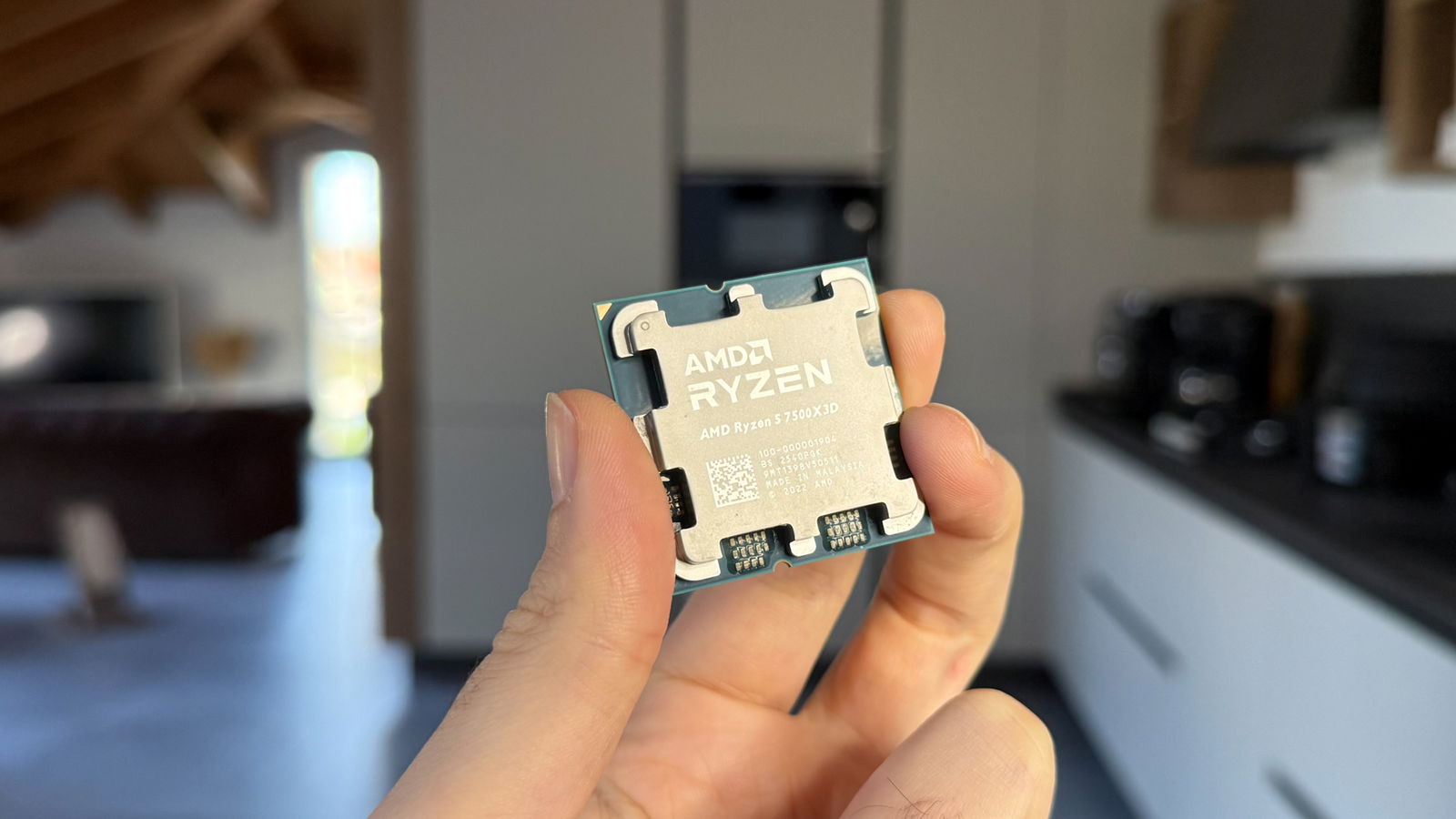
Per i Pentium su Socket 7 erano disponibili 2 MB di cache L2, posizionati sulla motherboard.

La versione da 100 MHz.

3.3 milioni di transistor per il Pentium 100 a 12 watt.

Il Pentium 133 aveva un costo esorbitante.

Il core del primo Pentium era prodotto con processi produttivi a 800 nanometri, 600 nanometri e 350 nm.

L'AMD K5 non aveva un nome in codice ed era chiamato internamente 5K86. Era composto da 4.3 milioni di transistor e costruito con il processo produttivo a 350 nm.

Con l'AMD K5, era necessario un dissipatore raffreddato attivamente.





